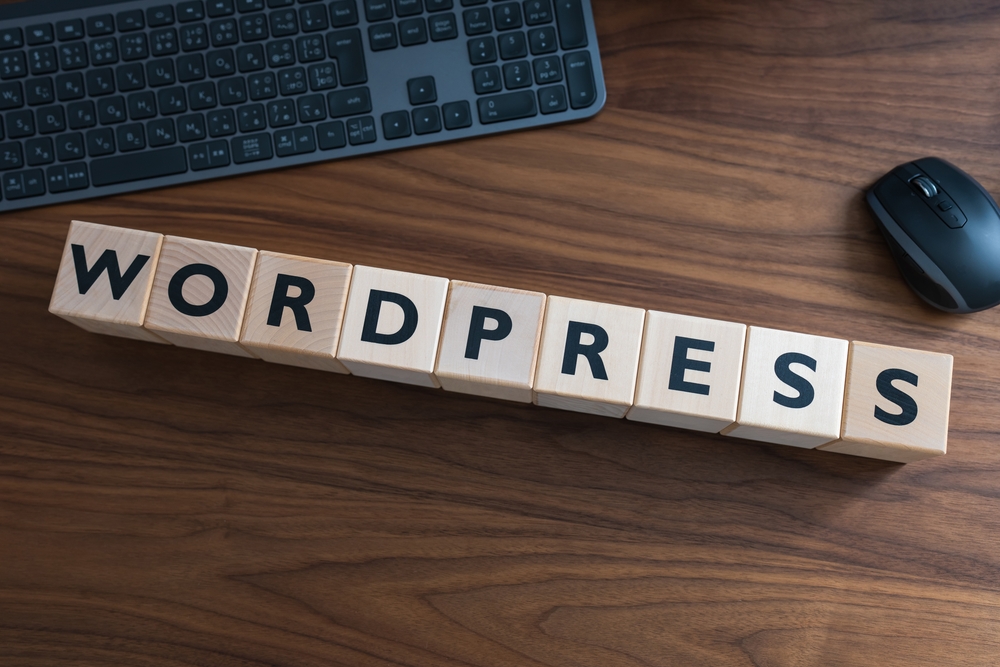
WordPress has become one of the most popular website platforms in the world, and for good reason. With its easy-to-use interface and plethora of customization options, anyone can create a stunning website with WordPress. However, to truly take your website to the next level, you need to master the art of WordPress website customization and maintenance. In this article, we will explore some essential tips and tricks to help you do just that.
1. Choosing the Right ThemeOne of the first steps in customizing your WordPress website is choosing the right theme. A theme determines the appearance and layout of your website. WordPress (the platform for bloggers) offers thousands of free and premium themes to choose from, so take your time to find one that aligns with your brand and vision. Make sure the theme is responsive, meaning it looks great and functions well on all devices, whether it’s a desktop computer or a mobile phone.
2. Customizing the Theme
Once you have selected a theme, it's time to start customizing it. WordPress (or WP) allows for extensive customization without the need for coding, thanks to its built-in Customizer. You can change the logo, colors, fonts, and other design elements to match your branding. Additionally, you can create custom menus and add widgets to the sidebar or footer areas. Experiment with different combinations until you achieve the desired look and feel for your website.
3. Plugins for Added Functionality
Plugins are a game-changer when it comes to extending the functionality of your WordPress website. There are thousands of plugins available in the WordPress (WP) Plugin Directory, covering everything from security and SEO to e-commerce and contact forms. However, be selective with the plugins you install, as too many can slow down your website's performance. Stick to essential plugins that provide the features you truly need.
4. Regular Updates and Backups
To ensure the smooth operation and security of your WordPress website, it's crucial to keep everything up to date. This includes updating WordPress (the blogging platform) itself, themes, and plugins. Regular updates often include bug fixes, performance improvements, and security patches. Additionally, make it a habit to back up your website regularly, either manually or by using a backup plugin. In case of any unforeseen issues, having a recent backup can save you from a potential disaster.
5. Optimizing for Speed
Website speed is a crucial factor in user experience and search engine rankings. Slow-loading websites can frustrate visitors and lead to higher bounce rates. To optimize your WordPress website for speed, consider compressing images, caching content, and enabling the use of a Content Delivery Network (CDN). You can also use plugins specifically designed for speed optimization, such as caching plugins and image optimization tools.
6. Search Engine Optimization (SEO)
WordPress is known for its SEO-friendly nature, but there are additional steps you can take to improve your website's visibility in search engine results. Install an SEO plugin, such as Yoast SEO or All in One SEO Pack, which helps optimize your content for target keywords, improves meta tags, and generates XML sitemaps. Additionally, focus on creating high-quality, keyword-rich content that provides value to your audience.
7. Security Measures
WordPress websites can be vulnerable to security breaches if not properly protected. It's important to take security measures to safeguard your website and its data. Start by using a strong, unique password and limiting the number of login attempts. Keep all themes, plugins, and WordPress itself up to date to avoid any potential security vulnerabilities. Consider using security plugins that offer features like malware scanning, firewall protection, and login protection.
FAQs (Frequently Asked Questions)
Q1. Can I customize my WordPress website without any coding knowledge?A1. Yes, WordPress allows for extensive customization without coding through its user-friendly interface and built-in Customizer.
Q2. How often should I update my WordPress website?
A2. It is recommended to update your WordPress website, themes, and plugins as soon as updates become available. Regular updates help ensure optimal performance and security.
Q3. What are the essential plugins for a WordPress website?
A3. The essential plugins for a WordPress website may vary depending on your specific needs. However, some popular choices include security plugins, caching plugins, SEO plugins, and contact form plugins.
Q4. How can I improve the speed of my WordPress website?
A4. To improve the speed of your WordPress website, consider techniques such as image compression, content caching, enabling a CDN, and using speed optimization plugins.
Q5. How can I enhance the security of my WordPress website?
A5. Enhance the security of your WordPress website by using strong passwords, keeping everything updated, limiting login attempts, and utilizing security plugins with features like malware scanning and firewall protection.
In conclusion, mastering WordPress website customization and maintenance is crucial for creating a visually appealing and fully functional website. By following these essential tips and tricks, you can take your WordPress website to new heights and provide an excellent user experience to your visitors. Remember, continuous learning and staying up to date with the latest trends and best practices will help you stay ahead in the ever-evolving world of WordPress.
Other useful resources
- https://www.wordpress24plus.com/topics/wordpress-tips-and-tricks/
- https://www.wordpress24plus.com/wordpress-tools-directory/
- https://www.wordpress24plus.com/services/wordpress-development/
- https://en.wikipedia.org/wiki/Blog
